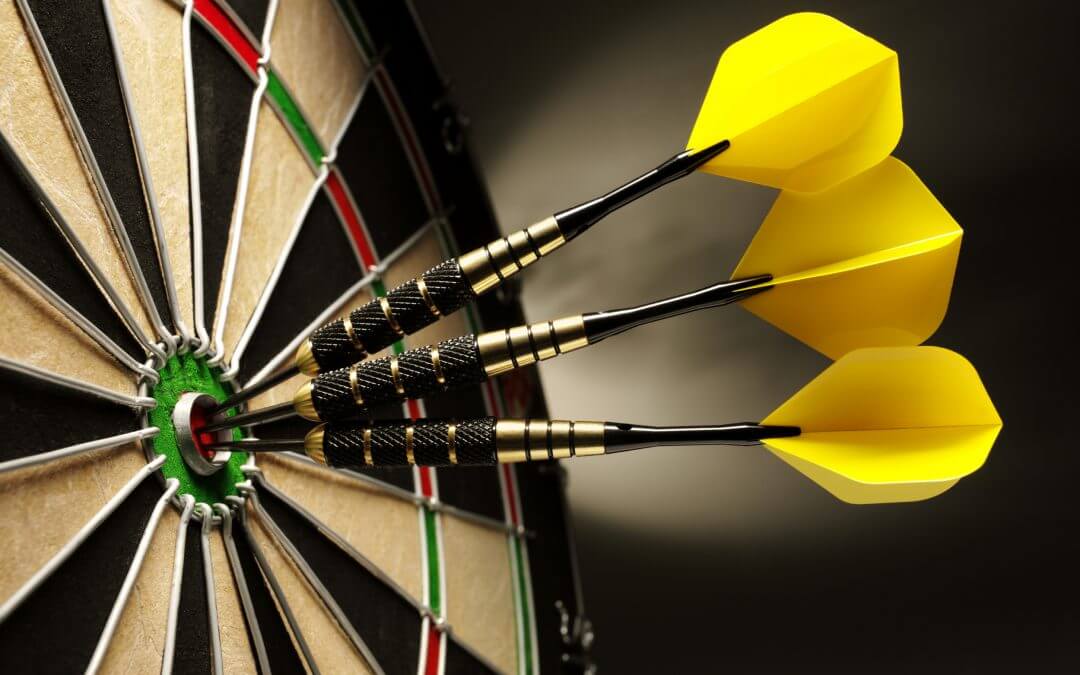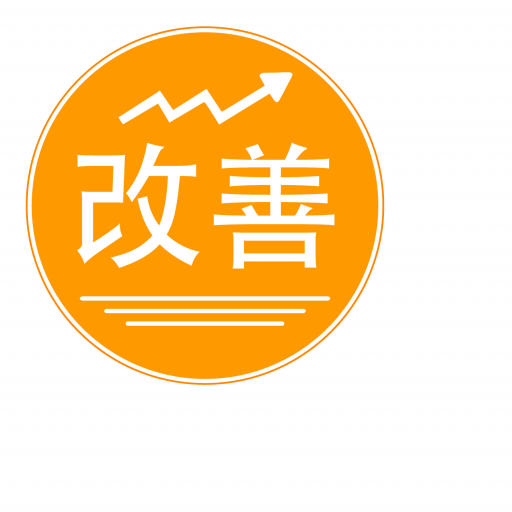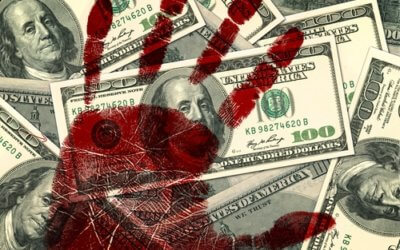Discover the importance of organizational alignment and agility in this blog post. Learn how establishing a strong CORE and building a strategy around it can lead to sustainable growth and success. Find out how alignment and agility empower your organization to thrive in an ever-changing business landscape.

Precision v. Accuracy: How about using a range?
The precision versus accuracy concept was first brought home to me back in the depths of time while I was doing Physics “A” Level in high school and calculating measurement errors in experiments. From this, I learned that no matter how precise one’s measurements were, there is an inherent error in the tool used to measure the results. Taking into account that lack of precision provided more accurate results, which is what we sought.
When I got involved in finance during my time in business school, the measurement tool was the currency, and so precision was deemed to be the smallest currency unit, i.e., a cent. This precision was encouraged by the beautiful computing power of Lotus 1-2-3 and then Excel, which allowed you to do forecasts that were precise to the cent going out years based on a few assumptions. While the precision was there, accuracy was foregone as we built huge models on a few simplistic assumptions.
However, upon leaving business school and entering the real world, my illusions were quickly dashed. After my first week at work, I presented my boss with a ten-year forecasting model that showed profit and loss statements, balance sheets, cash flow statements, and of course, a discounted cash flow valuation. He looked at it and asked how confident I was in my forecasting. As I defended it, he looked at me and asked in a sort of Bayesian way, “Would you bet your bonus on the company making the revenue numbers you have for this year?” (we were a quarter of the way into the year).
“No!” was my quick reply.
“In that case, how can you defend ten years of numbers which all build off that initial number?” he asked. This has lived with me ever since that we quickly get sucked into the precision of our models, but the numbers are so inaccurate.
During my career, I have to see precise projections for sales, projects, costs being bandied around in companies by everyone, including the CFO. Yet few, if any, would bet a modest amount, let alone their bonuses, on those numbers being the final results. Thus we end up with the corporate situation where everyone knows the numbers are wrong but cannot admit it.
However, when working with these same companies and trying to get them to accept the concept of ranges in forecasts and probability distributions, I am regarded as though I had just stated that the earth was flat and supported by elephants. One CFO of a public company looked at me with total distance and asked: “Why would anyone ever need something like that?”.
When I responded that I was seeking more accuracy, albeit with less precision, in financial projections, it was apparent that had I reverted to speaking Fanagalo. Another CFO used precise numbers (down to the dollar when their revenue was over $20 million). None of their forecasts were ever correct, but he could not accept that forecasting to the million was acceptable. I heard that their last results were a huge surprise given the forecasts; however, I was not surprised at all given the forecasting process.
This trade-off of precision in return for greater accuracy continually is rejected by many of the financial professionals that I meet. I have wondered if the cause of this focus on precision encouraged by the accounting profession makes it hard for these professionals to let it go.
Going back to my boss’ logic – if you would not bet on a single number being accurate, would you be prepared to bet on a range? For example, the forecast may say that next years’ revenue will be $10 million, but no one will bet their bonus on it when pushed. So would you be willing to be that it will be between $9 and $11 million or $8 and $12 million? When you reach a range that you would be willing to bet on, it is surely the range to use in the forecasts.
Using ranges like this and applying techniques like Monte Carlo simulations results in far higher accuracy in forecasts and an understanding of the risk profile of the results, i.e., there is a 50% probability that revenue will be between $9 million and $10 million or that profits will range between $0 and $1 million. Furthermore, one can see what items are critical to the final results, what is not. The company can focus on those essential items rather than getting distracted by the noise.
It is best to remember Nils Bohr’s quote, “Prediction is very difficult, especially if it’s about the future.” Therefore, to make the predictions more useful, it is best to forego precision in return for greater accuracy.
© 2013 Marc Borrelli All Rights Reserved
Recent Posts
Align and Thrive: The Importance of Organizational Alignment and Agility
How to Achieve Smart Time Management: 10 Tips for Busy Professionals
When you are a busy professional running your own business, it can often feel like there aren’t enough hours in the day to accomplish everything. Being strategic with your time is the best (and possibly the only) way to achieve all of your daily tasks. If you are...
5 Strategic Leadership Skills Every Manager Needs
So often, people view leadership as a talent: you’re either born with this quality or you’re not. However, this is not always the case! In reality, good leadership is made up of skills, and anyone can learn how to improve. Some people may pick up leadership attributes...
How the Sellability Score is Calculated: The Ultimate Guide
Do you have questions about how to calculate your business’s sellability score? Whether you’re looking to sell your business in the near future or years from now, understanding your sellability score will help you thrive. The sellability score identifies the...
The Top 5 Benefits of the Entrepreneurial Operating System
As an entrepreneur running your own business, you know there are bumps in the road and struggles that both you and your business will face over time. However, with the right people and tools at your disposal, you can anticipate what’s coming, plan for it, and continue...
5 Ways to Use Email Automation to Boost Traffic
Every single business in the world wants to evolve and grow. This will happen using a variety of techniques and strategies. In 2022, digital marketing is more than a household name, and most companies will adopt at least a few ideas when long-term planning and coming...
6 Questions To Ask A Potential Business Coach Before Hiring Them
Many entrepreneurs consider executive business coaching when they start struggling on their professional path. A small business coach is an experienced professional mentor who educates, supports, and motivates entrepreneurs. They will listen to your concerns, assess...
3 Ways Proper Long Term Strategic Planning Helps Your Business
Dreams turn into goals when they have a foundation of long-term strategic planning supporting them. They become reality when the ensuing strategic implementation plan is executed properly. With Kaizen Solutions as their strategic planning consultant, small and...
What is a Peer Group, and How Can it Improve Your Career?
If you are a CEO or key executive who has come to a crossroads or crisis in your career, you'll gain valuable insights and solutions from a peer group connection more than anywhere else. But what is a peer group, and how can that statement be made with so much...
Profit and Revenue are Lousy Core Values
As I mentioned last week, I am down with COVID and tired, so spending more time reading rather than working. I read Bill Browder's Freezing Order this weekend, and I highly recommend it. However, at the end of the book, Browder says that oligarchs, autocrats, and...









